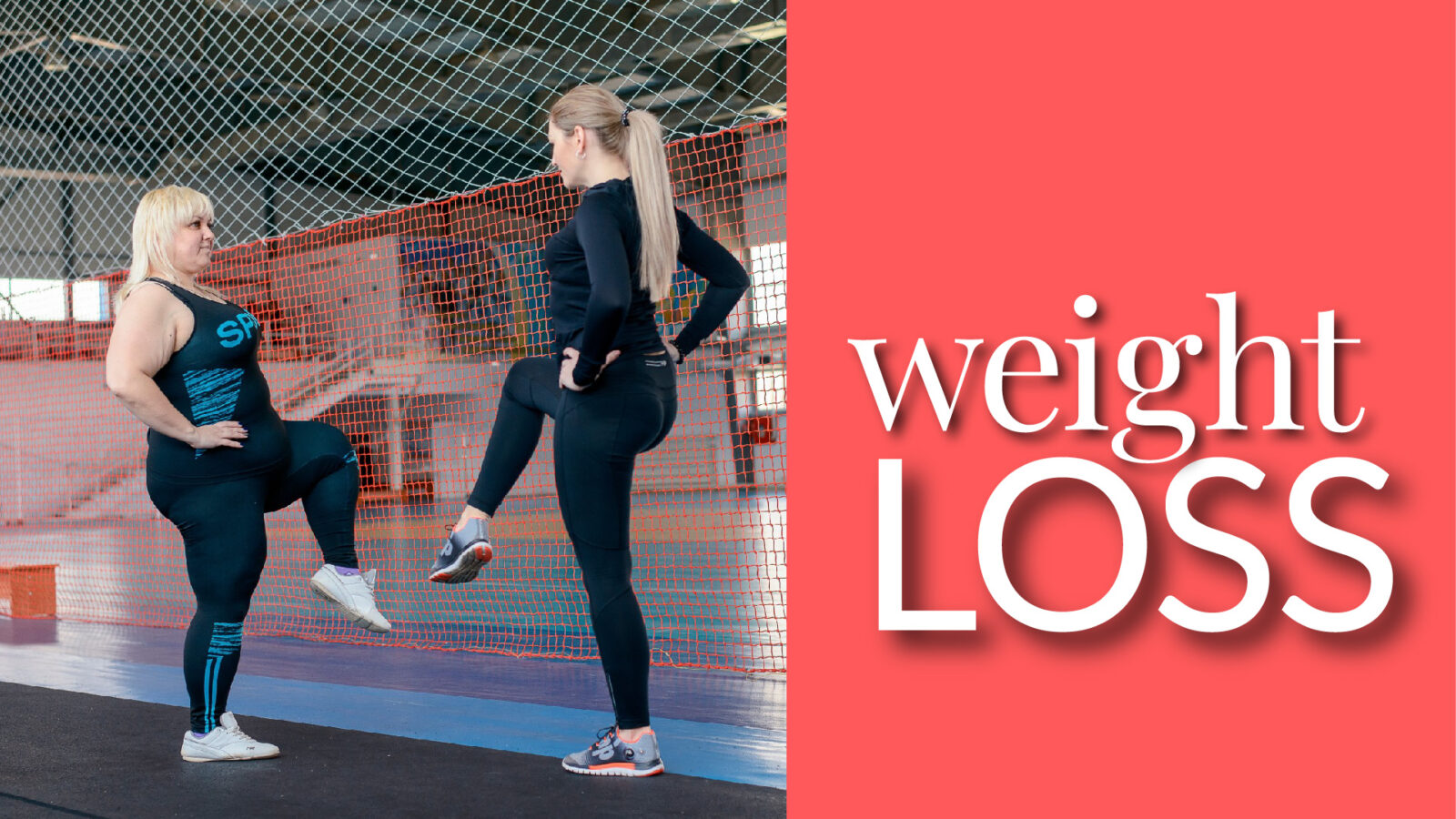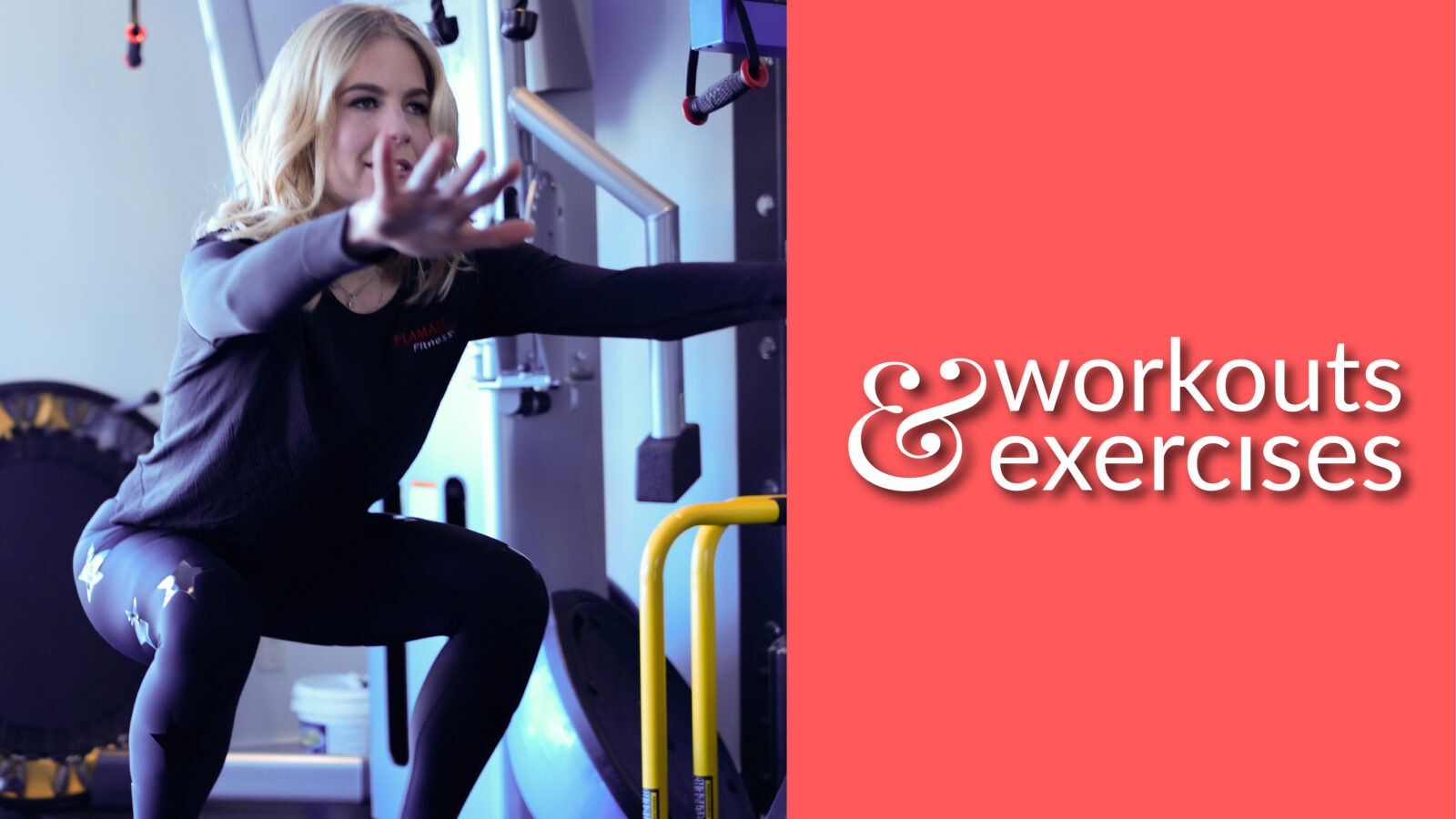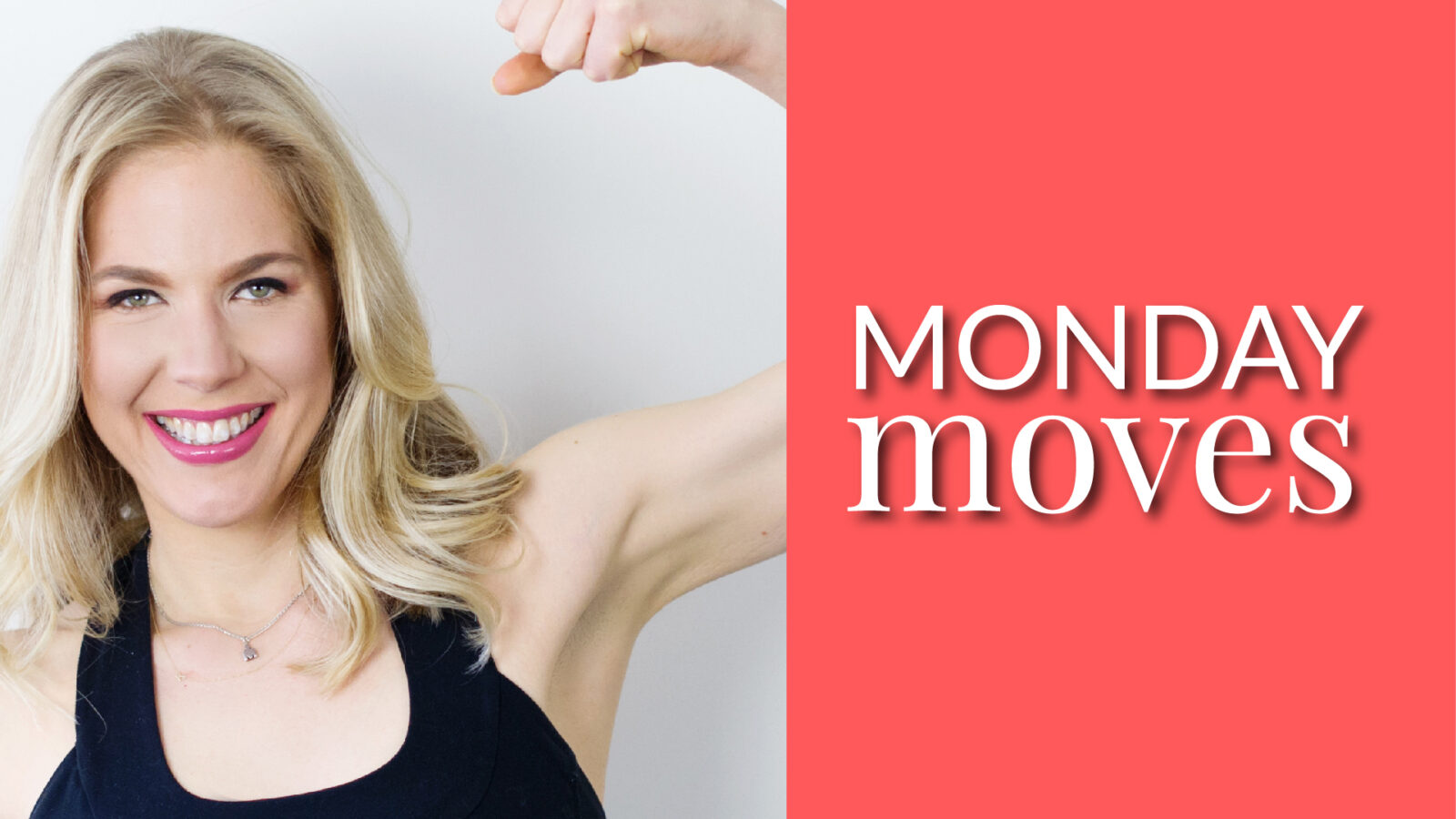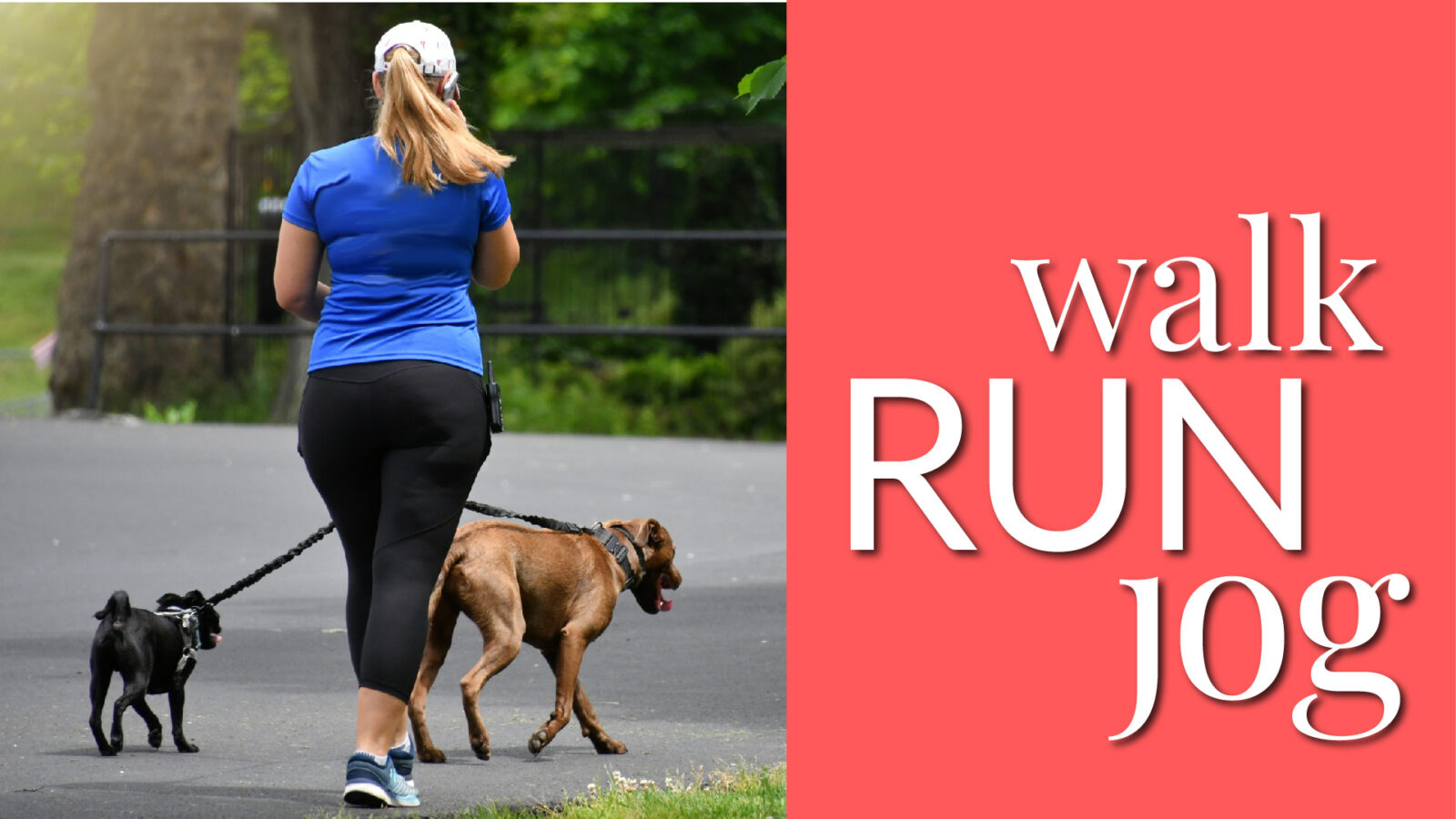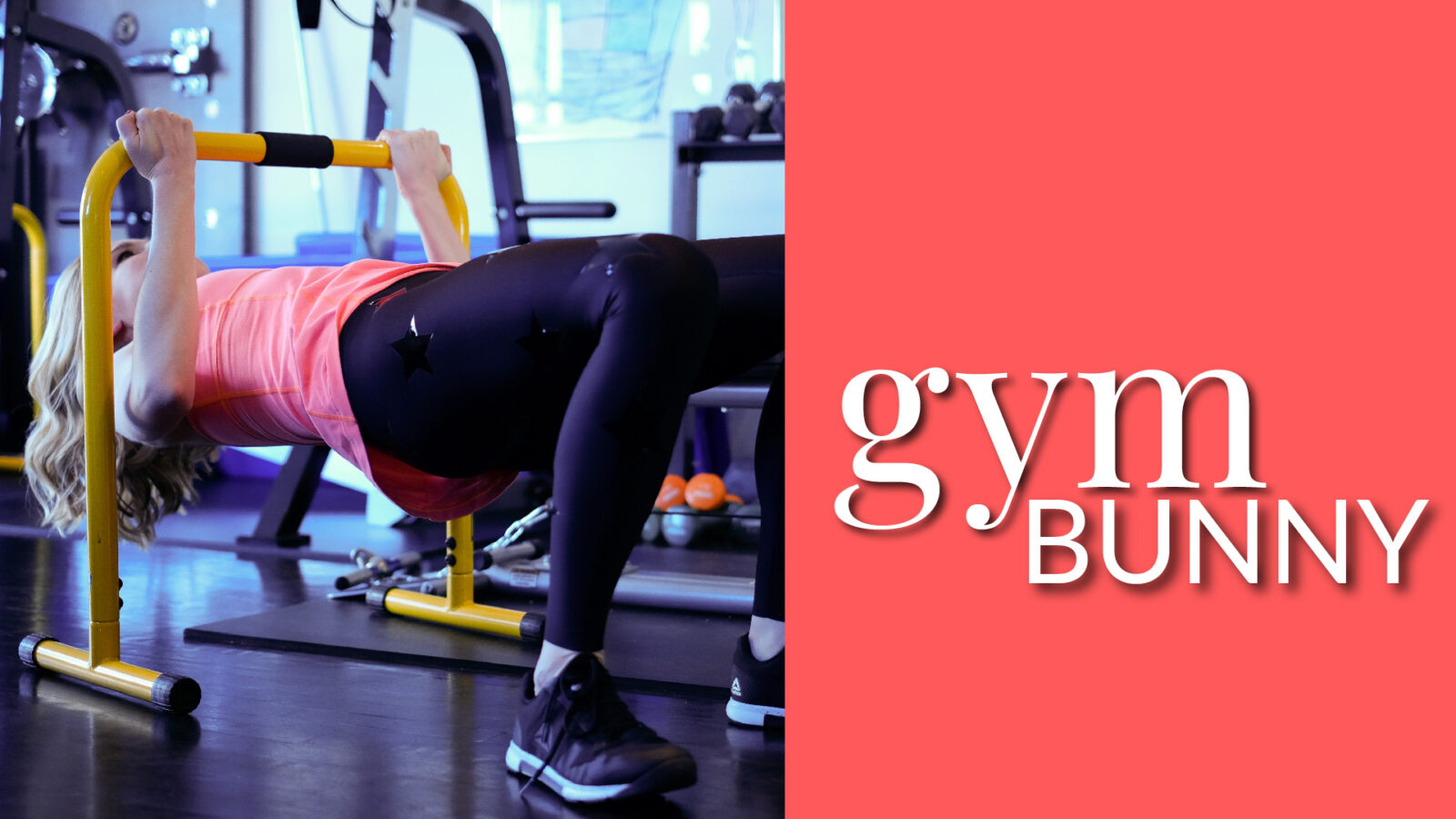October Newsletter
 The October Newsletter is available! Check it out for Tricep Overhead Extensions (exercise of the month) and Injury Prevention Tips article.
The October Newsletter is available! Check it out for Tricep Overhead Extensions (exercise of the month) and Injury Prevention Tips article.
Introduction
Happy October everyone! I hope everyone is enjoying their October as much as I am 🙂
I am counting down the days until I get to go to Jake’s hotel (www.jakeshotel.com) in Jamaica. Thank you so much Jake for hosting me! I am excited to run and do yoga in the sun! 🙂
I was also lucky enough to be on the John Oakley radio show twice this past month. I love talking about health and wellness! If you missed my interviews, take a listen.
The first interview the second interview.
The second interview was especially fun because John and I discussed my most recent Huffington Post blog and a Globe and Mail “Ask the Trainer” column that I am particularly proud of.
Lastly, I am honoured that Healthy Directions Magazine gave me the nickname “K”. I am so tickled to have a nickname that I have decided my friends should call me “K” from now on :-)”
This month’s featured exercise is “overhead triceps extensions”. This month’s featured article is the second installment of physiotherapist Melanie MacKinnon’s article, “injury prevention tips for runners”.
Exercise of the Month
Triceps Overhead Extensions
Grab a dumbbell (or a tin of beans or another household item) in your right hand. Start with your right arm straight over your head, right elbow next to your right ear. Don’t let anything from your elbow to your right shoulder move as you bend at your right elbow and bring the can down towards your upper back. Use your triceps muscles (the back of your upper arm) to straighten your arm. Do ten to fifteen reps and then switch arms.


Article of the Month
Injury Prevention Tips
Melanie MacKinnon, Registered Physiotherapist
What is the difference between muscular soreness and injury?
Delayed onset muscle soreness (DOMS) is the soreness and stiffness that is the normal response of muscles to work. It is the result of the muscle repairing and rebuilding itself due to your hard efforts. Your body is adapting to the stress you placed on it so that it can be ready to perform on your next run.
DOMS usually presents 24-48 hrs after a new activity or a change in your run (intensity, speed or mileage) and it can last for 1-3 days. True strength gains typically take 4-6 weeks to occur, so if you were to repeat the same run for 4-6 weeks, you would eventually no longer experience DOMS and would need to push yourself further in order to re-experience DOMS and thereby increase your fitness. Experiencing DOMS is normal and expected when you are working through a training program (= good hurt), but symptoms that are more intense than DOMS (=painful) are harmful and lead to injury. _
Running injuries can generally be classified into 2 categories; those caused by an immediate overload or those caused by repetitive overload. Repetitive overload injuries are the most common. Pain that is no longer relieved by rest and/or accompanied by a decrease in performance should be investigated by a Health Care Professional in order to avoid an interruption in your training schedule and get you back on track towards your running goals!
The 10% Rule
When you are exercising, it is recommended that you do no increase ANY part of your workout by more than 10% a week, on consecutive weeks. This includes your intensity, speed, terrain and mileage. If you consistently exceed this 10% a week, there will be excessive load placed on your muscles, tendons, ligaments, cartilage and bone. When the tissues can no longer cope, inflammation will occur as well as tissue changes (ie: increased muscle tension and/or trigger points) and compensations as your body tries to cope with the continued stress you are placing on it.
Are there exceptions to this rule? Of course! Some plans work on a 2 -3 week build and then a 1 week plateau or a step down in mileage in order to allow time for the tissues to heal. There are many variations that allow for the delicate balance between stress and rest in order to allow for tissue adaptation.
Self Assessment Questions
I am working my way through a training program and I am feeling pain or soreness in my ( fill in the blank ), can I still progress with my program?
First ask yourself these 3 questions:
- Did I have any difficulty finishing my last run?
- Do I have any aches or pains that have lasted more than 2 days?
- Am I feeling excessively tired the day after my run?
If you answer “NO” to all of these questions, then you can continue to run. If you answer “YES” to any of the questions then do not increase your intensity, mileage or do a hill or tempo workout until all answers are “NO”.
If you answered YES to any of the above, you will want to try some self management techniques (ie: stretch more after the run, self massage or cross training). You will also want to consider the nature of the pain/soreness you are experiencing.
Interpreting your pain
If your pain comes on during a run, it should never be above a 4/10 ( 0 = no pain and 10 = the most pain that you could imagine). If it is above a 4/10 pain for more than 2 days with rest, you should get it checked out.
If you feel pain during the warm up (first 5mins) but then it goes away, you can continue to run, but be aware. If the pain returns, stop and walk. If it goes away within 1-2mins of walking, then you can try to run again. If it returns a second time, stop and do not run again that day. Treat the area with ice and use the 3 questions above to determine when you can run again.
If the pain comes on after the run, and is less than 4/10, treat it with ice after the run. On your next scheduled run, repeat the same run but take 10-15% off (either intensity or mileage or speed).
If the pain comes on the day after the run, it is likely DOMS (delayed onset muscle soreness). You can continue to work through your running plan.
It is important however to trust your gut feeling and do not push through pain that doesn’t feel productive. When in doubt, get it checked out! It is always better to be proactive than reactive to an injury.
When should I use ice and heat?
- Ice and heat can both be used to address pain. HOWEVER, you need to understand what stage of an injury you are at to be able to effectively choose 1 over the other.
- Ice will cause the tissues to stiffen and will help to limit movement around the injury. It will also slow the process of inflammation, so it is the one to reach for after an acute injury; ie: stepped off a curb and rolled your ankle.
- Heat will cause the muscles to relax and will increase blood flow. It should be your first choice for muscle tightness/tension; ie: its the day after a hill run, and your hamstrings are feeling tight.
- In cases of a healing injury (and where you have passed your self assessment questions listed above) you may use both. Ie: You pulled your quadriceps muscle and although it is not painful, the area still feels tight and you notice it takes longer to warm up. Use heat for 10mins prior to your run to increase the blood flow and loosen the muscle. Then warm up and complete your run. During the run you felt good but occasionally noticed a ‘twinge’, then after the run you felt soreness. This is when you would use ice for 10mins to get ahead of any new inflammation as a result of your run.
- After a 10-15min application of heat or ice, there are diminishing returns in terms of the physiological changes that occur for the increased time of use. You can alternate between ice and heat but make sure you have allowed enough time for the tissues to return to body temperature again, so I typically recommend waiting 1 hour in between a 10-15min application of ice or heat before applying the other.
- Contrast baths can be an effective method for flushing out swelling that is sub acute ie: approximately 5-14 days after the initial injury. These work well for body areas that can be easily submerged ie: the ankle. The injury shouldn’t be throbbing any more but swelling may still persist, especially by the end of the day. Set up 2 buckets of water, 1 with cold water and 1 with warm to hot water. Place your ankle in the cold water for 15-30sec and then place it in the warm water for 15-30sec. This causes the blood vessels to alternate between constructing and dilating, with the effect of moving fluid out of the tissues and into the circulation. Alternate between the buckets for 10mins.
Disclaimer: The information provided is intended for educational purposes only and is not intended as a substitute for proper medical advice. Always consult your physician or healthcare provider before performing any new exercise program or activity or beginning any new diet, or if you experience any pain while exercising.



